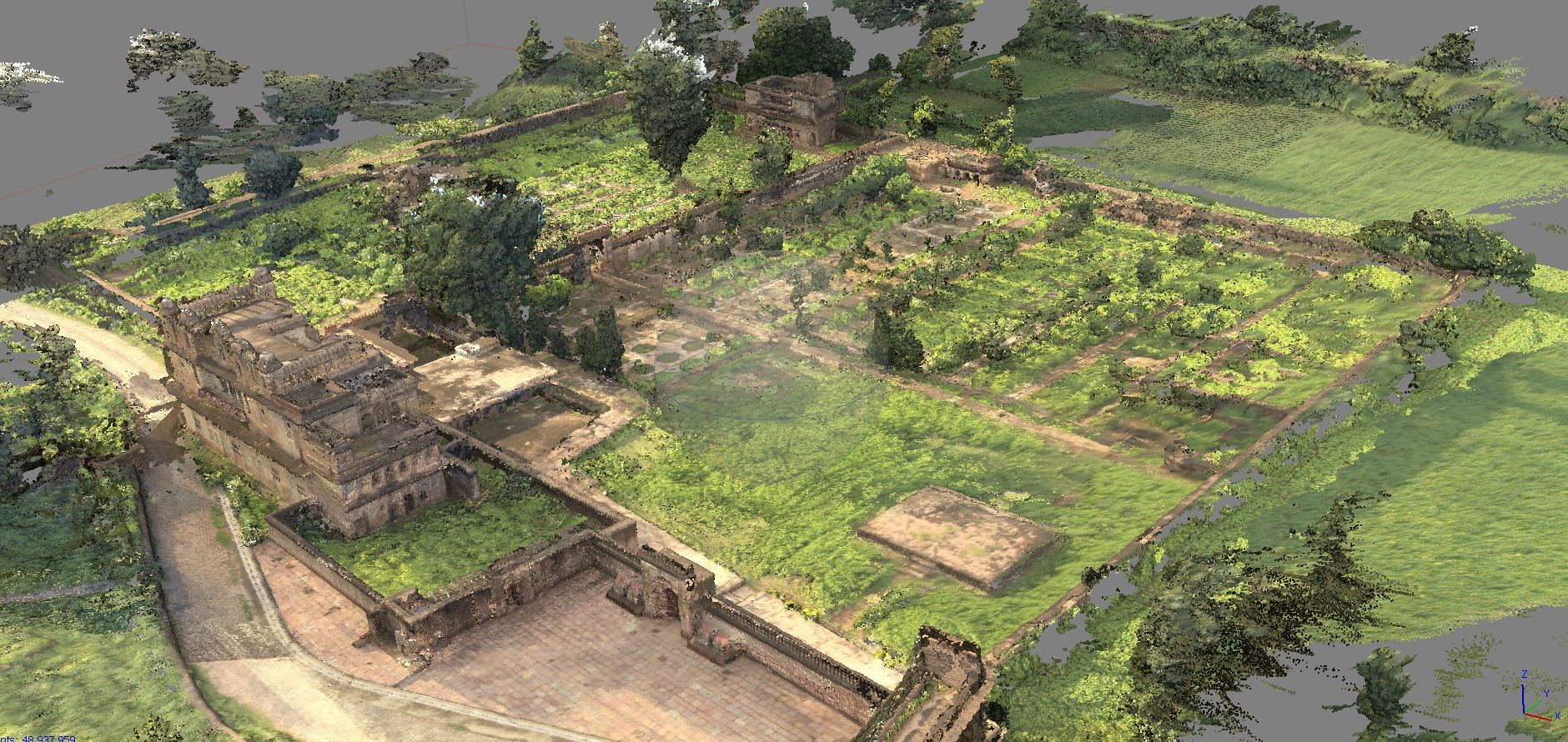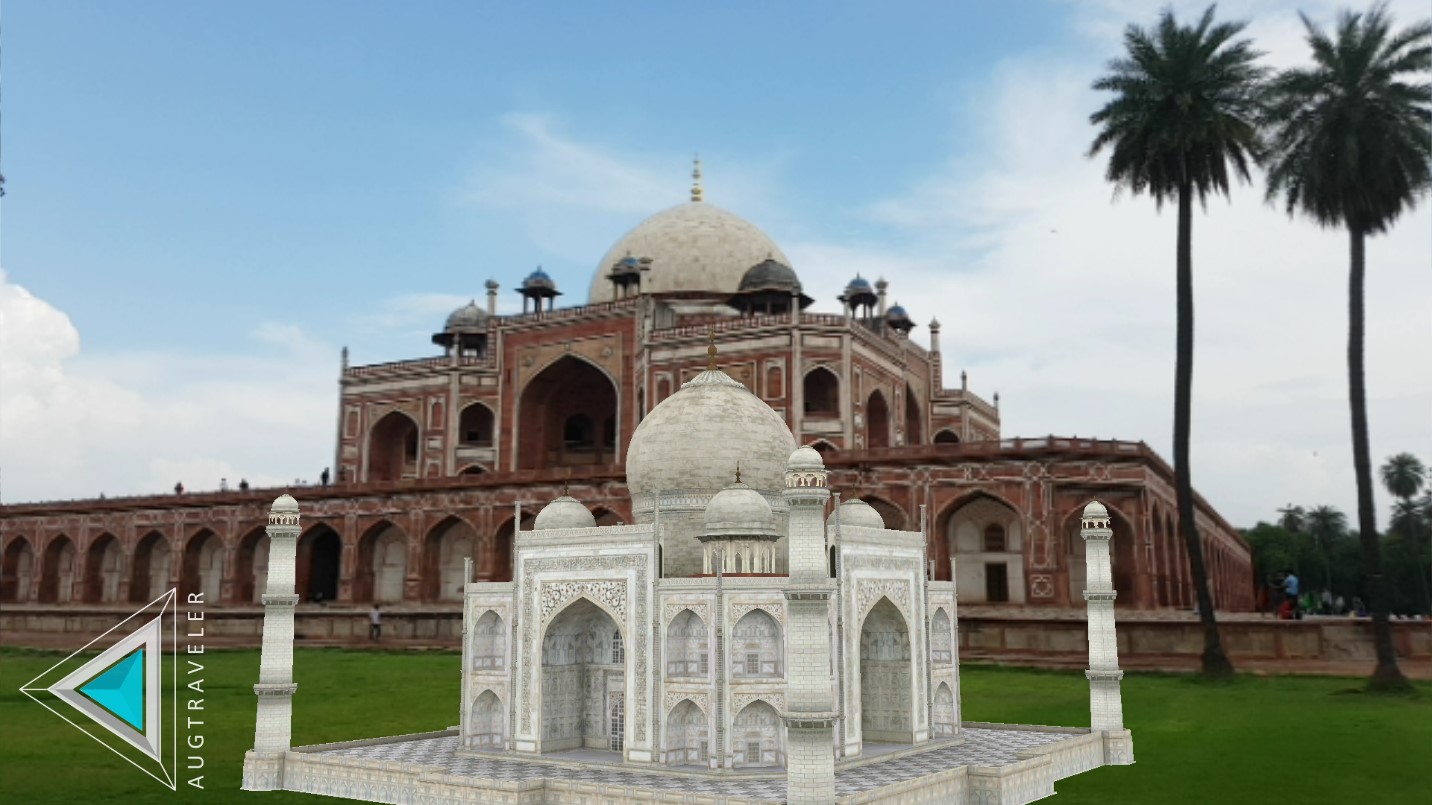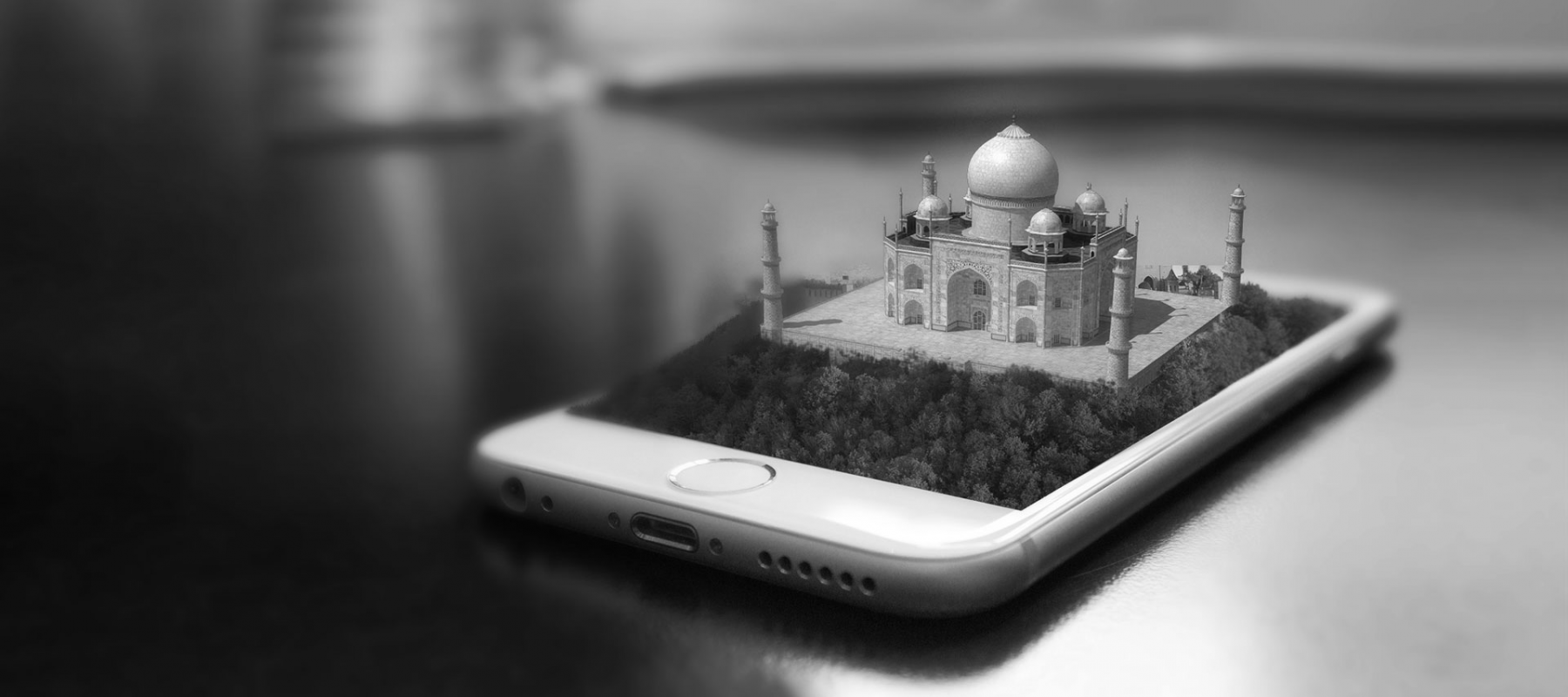With the increasing spread of the CoVID-19 pandemic, the world is currently facing acute disruption on a global scale. This disruption, apart from affecting health, well-being and economy, is also creating a serious disconnect on the cultural front. As per a recent global survey by UNESCO, at this point, 89 per cent of the world heritage sites are completely or partially closed. The disrupt has also led to cancelling of cultural performances and festivals, hitting the artist sector very hard. It has caused immense economic setbacks to the tourism industry too. To cope with this crisis, countries like Germany, Mexico, Spain are mustering support packages for the culture-sector professionals, while other countries like South Korea and Australia are giving fiscal or loan repayment relaxations for artists and cultural institutions. The Ministry of Culture, Government of India, has announced, in an international meeting for the cultural ministries around the world, that they are largely focusing on digital media platforms and other digital means to allow a certain level of continuity for the culture sector. Various libraries are putting up their digital content for free access to the public. These efforts go in sync with other plans of the central government, like Digital India, and efficiently utilises the existing infrastructure. And several public bodies and civic societies are also brainstorming how to build resilience of the cultural and tourism industries via digital means.
A Large part of the funding and support for cultural industries comes from tourism, and the advent of technological innovations in cultural heritage tourism promises to offer multifold benefits across stakeholder segments. At the premise, the adoption of Augmented/Virtual Reality technology has facilitated necessary detailed documentation and recording of cultural traditions and the associated heritage. This process has a huge benefit because it facilitates ‘Digital Archiving and Recording’ of the rich myriad traditions and cultures across the globe. The digital repositories could help minimise dilution, deterioration, or loss of our tangible and intangible heritage, which is specifically under threat in the current volatile global climate resulting from natural, economic and political unrest. This crucial task thus can help us preserve our diverse culture, traditions and heritage for our future generations.

The way these digital repositories and data have revolutionised accessibility to cultural heritage is a global phenomenon in itself. Now the digital archives are preferred input to curating interactive interpretations of built heritage and museums for travellers visiting a region, even remotely. Exploring a new culture sitting at your home has evolved as a ‘New Reality’. And this reality is already being practiced by institutions like The Egyptian Ministry of Tourism and Antiquities where they are providing virtual tours to people every day during these times of lockdown and social distancing.
A few cases to refer in context include Google Arts and Culture; Real Cast; Jinsha Site Museum experience; Expeditions; Apple Maps – Flyover mode; HoloMaps; The Smithsonian National Museum of Natural History; etc. These platforms offer some very relevant and engaging interpretations for all audience segments (including travellers with special needs).

Furthermore, mobile enabled AR applications are an ideal technology to highlight authentic cultural experiences. Travellers can now opt to go for curated self-guided heritage and cultural trails using their mobile devices at their own convenience. AR along with Geo location and tagging can help connect host communities directly to travellers, thereby building on their travel experience by focusing on authentic cultural environments, local arts, crafts, culinary delights, etc. This engagement can help travellers buy local authentic products and services directly from the host communities, thereby facilitating evolution of a micro-level socioeconomic ecosystem, which promotes a ‘sustainable livelihood’ model.
On a global scale such digital information can be used for education and also sustainable development making international networking programmes, like UNESCO Creative Cities Network, even more pivotal in conserving the local cultural and creative industries, in alignment with UN SDG 2030 goals. Although one can’t deny that accessibility to the digital world still remains a challenge in many parts of the world, especially developing nations, and we need to work towards providing easy access to all to make these programmes successful. An interesting concluding point to ponder in the post-COVID timescould be how all stakeholders in the culture and tourism fraternity could work together and adopt technology which can help build more sustainable and resilient models for cultural heritage conservation and related tourism.

